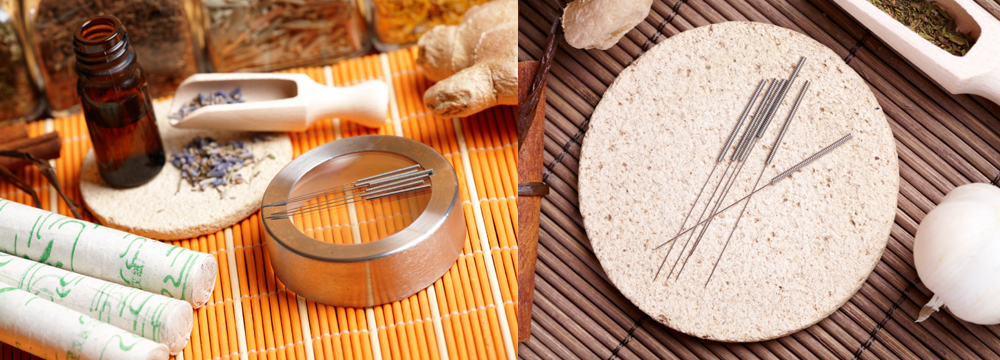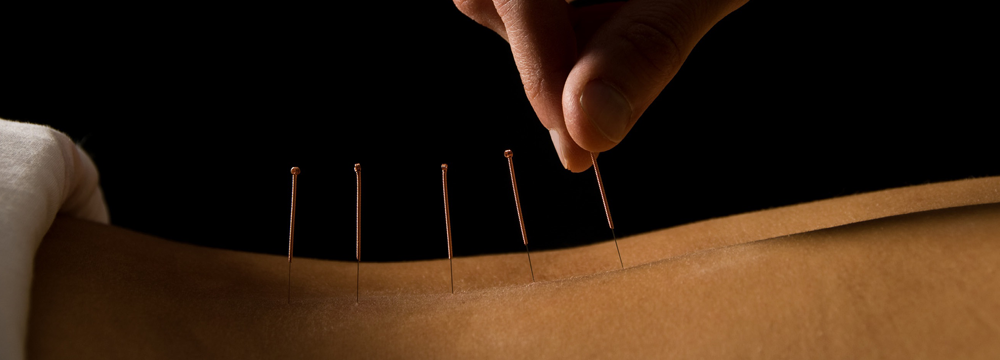Acupuncture
The History
Acupuncture is part of Chinese Traditional Medicine (TCM). It is an ancient system of healing and health regulation and has been continuously refined during its 4500 year history. Today it is widely practiced in the West.
What is Acupuncture?
Acupuncture is where very fine sterile stainless needles are inserted into the body at carefully selected points this stimulate the body’s own healing and repair processes.
Acupuncture has been used in western pain management since 1970s. Scientific reviews have shown that acupuncture promotes the production of “endorphins’ that relieve pain, improves the immune system, regulates the blood flow and hormones, is anti inflammatory and anti spasmodic, and improves your own feeling of well being
The basic philosophy of Acupuncture and Chinese medicine is to balance the body, mind and spirit by regulating the flow of qi.
In simple terms qi is the “vital life force” of the body. It keeps the blood circulating, warms the body, fights disease, and keeps our minds and emotions free and uncluttered. Disease occurs when there is disruption to the balanced flow of qi within the body. Consequently the aim of acupuncture is to remove any imbalances or obstructions within the body and to encourage the qi to flow smoothly.
Types of treatment
A typical treatment usually includes acupuncture needles. Generally between two and ten needles. (Sometimes more) are inserted for each treatment, depending on the nature of the condition being treated. The following may also be used: Moxibustion (warming of the acupuncture point with moxa, a Chinese herb called Artemisia vulgaris) acupressure, electro stimulation of the acupuncture needles, cups, pricking, laser stimulation of the points etc.
Will it hurt?
Needle insertion is relatively painless. Once the needle is in place there may be a mild tingling, numbness, or ache at the needle site. Sometimes there maybe cramping, heaviness, distension or an “electric” sensation, either around the needle or travelling up or down the affected acupuncture channels. Response to treatment is individual.
The role of a traditional acupuncturist is to work with the whole person. They treat people on an individual basis following the guiding principles of traditional Chinese philosophy and medical theory.
To find one of our registered practioners near you use the finda practioner search. Or to study acupuncture please look on our study page for details.


